I have three tables (simplified example for this issue):
Models are generated using EntityFramework Database-First approach.
OwnerModel
public partial class Owner
{
public Owner()
{
this.OwnerDogMapper= new HashSet<OwnerDogMapper>();
}
public string OwnerId { get; set; }
public string OwnerName { get; set; }
public virtual ICollection<OwnerDogMapper> OwnerDogMapper{ get; set; }
}
DogTable
public partial class Dog
{
public Dog()
{
this.OwnerDogMapper= new HashSet<OwnerDogMapper>();
}
public string DogId { get; set; }
public string DogName { get; set; }
public virtual ICollection<OwnerDogMapper> OwnerDogMapper{ get; set; }
}
and the mapping table: OwnerDogMapper
public partial class OwnerDogMapper
{
public string OwnerId { get; set; }
public string DogId { get; set; }
public virtual Owner Owner { get; set; }
public virtual Dog Dog { get; set; }
}
Now, I'm trying to join these three tables and get the OwnerName and DogName when an OwnerId is passed. Here is my query:
var output = await (from o in db.Owner
join odm in db.OwnerDogMapper on o.OwnerId equals odm.OwnerId
join d in db.Dog on odm.DogId equals d.DogId
where o.OwnerId == '01'
select new { o.OwnerName, d.DogName }
).ToListAsync();
But it throws an exception:
Exception: The 'ObjectContent`1' type failed to serialize the response body for content type 'application/xml; charset=utf-8'.
Type '<>f__AnonymousType2`2[System.String,System.String]' cannot be serialized. Consider marking it with the DataContractAttribute attribute, and marking all of its members you want serialized with the DataMemberAttribute attribute. If the type is a collection, consider marking it with the CollectionDataContractAttribute. See the Microsoft .NET Framework documentation for other supported types.
The DataLayer returns Models to the BusinessLayer where the DTO mapping is done using AutoMapper. There aren't any DataContracts in the Models generated by the EF. Also, so far in the project, I have stayed away from passing DTOs directly from the DataLayer.
If I use Lambda expression which is similar to the one mentioned on Entity Framework Join 3 Tables
var output = await db.Owner
.Where(o => o.OwnerId == "01")
.Include(odm => odm.OwnerDogMapper.Select(d => d.Dog))
.ToListAsync();
However, in my case I don't have any relationship between the [Owner] and [Dog] Table. With this lamba query, it goes to an infinite loop and I get an "StackOverflowException" :D -
"make sure you do not have an infinite loop or infinite recursion
Is there something fundamentally wrong with the table mapping or the models generated? Or my query is not right?
